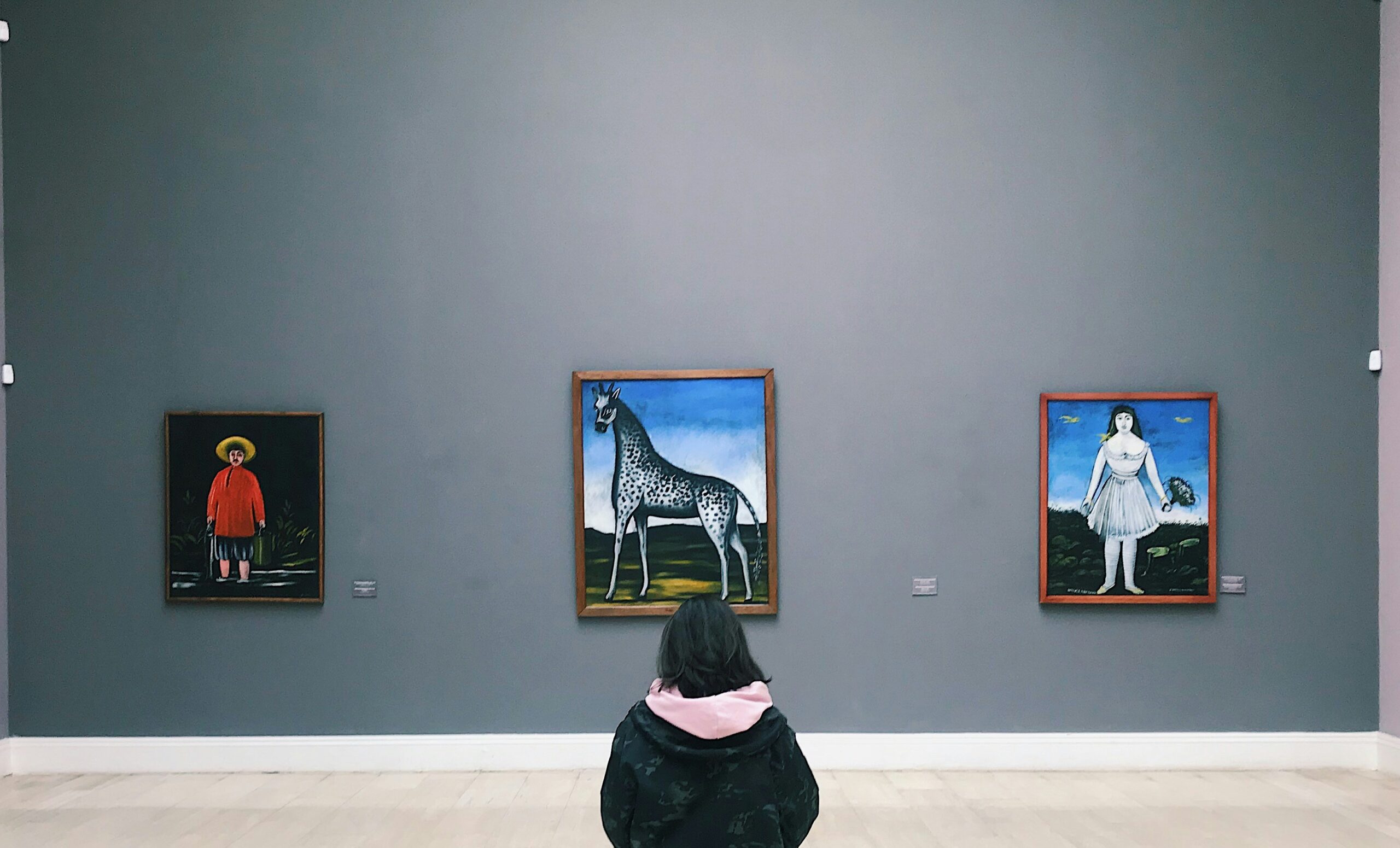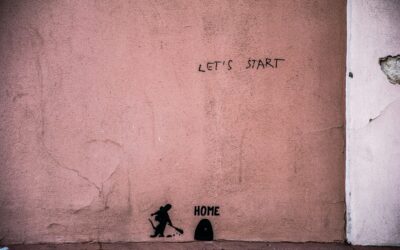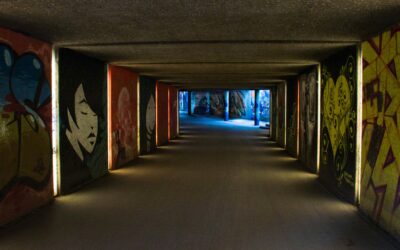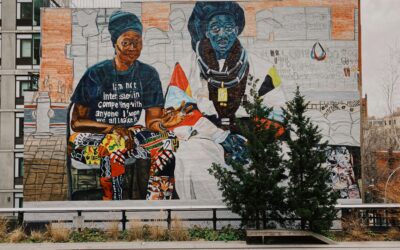Art and culture are never truly static. They grow, shift, and adapt in tandem with the times. Today, the world is witnessing how long-standing traditions are merging with modern innovation—not simply as creative experiments, but as essential ways to preserve meaning, identity, and cultural relevance in an ever-evolving society.
Tradition as the Foundation of Creativity
No form of contemporary art arises from a vacuum. Behind every modern painting, digital installation, or street art piece lies a lineage of cultural heritage. Many contemporary artists begin their creative journey by delving into traditional practices—studying time-honored forms such as batik, weaving, wood carving, or classical dance.
Instead of mere replication, these traditions are interpreted and reshaped into something contextual and personal. This transformation empowers tradition not just to survive, but to evolve and stay alive in meaningful ways.
Innovation as Culture’s New Breath
Innovation in art is not a threat to culture—it is proof that culture is still alive. When an artist incorporates Dayak patterns into digital media or creates AI-based installations inspired by folklore, it signals that local traditions remain relevant today.
These innovative works often spark appreciation across generations and borders. They serve as bridges between the old and the young, the local and the global.
Challenges: Authenticity vs. Commercialization
Despite the beauty of merging tradition with innovation, challenges remain. One major issue is preserving authenticity amid market demands and global aesthetic trends. In some cases, local traditions are used merely as decoration—stripped of context, meaning, or respect.
Using traditional motifs in commercial products without involving the original communities, for instance, can lead to misappropriation. That’s why ethical and inclusive dialogue between artists and cultural bearers is crucial.
Success Stories: Where Two Worlds Meet
There are many compelling examples of successful cultural fusion. Artist Eko Nugroho blends traditional wayang with contemporary murals. Designer Didiet Maulana brings traditional weaving and songket into modern fashion while preserving heritage techniques and stories.
Cultural festivals are also adapting—merging traditional performances with advanced stage technology or hosting intergenerational dialogues between young artists and traditional masters. These spaces allow culture to flourish without losing its soul.
Adaptive Cultural Education
Sustainable innovation also depends on education. Cultural education must move beyond teaching classical techniques. It must also encourage creative, responsible reinterpretation.
Children learning batik motifs should also explore how to use them in modern design. Students practicing traditional dance should be encouraged to create new choreographies that honor the original form.
Community and Collaboration as a Bridge
Cultural communities—both traditional and modern—must collaborate. Intergenerational dialogue is essential so that traditions are not just remembered but actively developed. Collaborations between young artists and elders, for example, can result in work that is both deeply meaningful and forward-thinking.
Through such synergy, culture becomes not a static museum exhibit, but a living, creative playground that respects history while embracing the future.
Conclusion: Dynamic Culture, Contextual Art
Art and culture exist in dialogue with time. They respond to social change, technological advancement, and global movement. When tradition meets innovation, it doesn’t mean that the old is replaced by the new. Instead, the two strengthen each other.
By grounding creative expression in heritage while daring to explore new ideas, we ensure that culture remains relevant, inspiring, and alive for future generations. Tradition is no longer just inherited—it is also reimagined.




